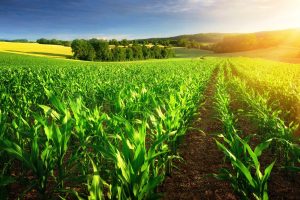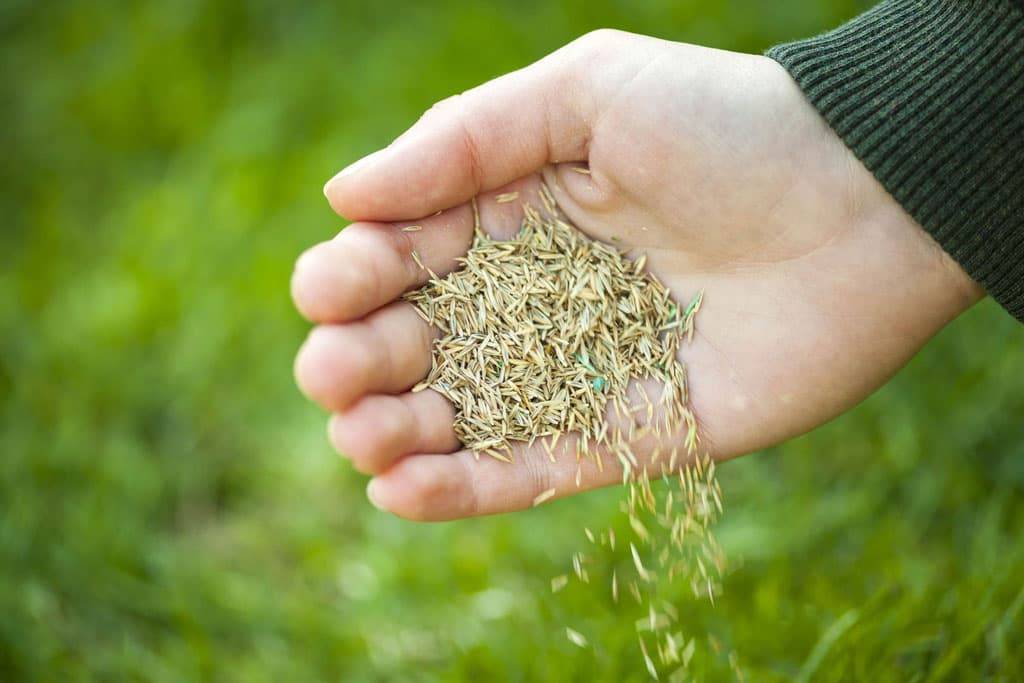If you’re new to the world of seed prices, the initial revelation can be quite astonishing. Those minuscule entities seem to carry a hefty price tag, particularly when acquired in substantial quantities. For those venturing into seed procurement for the first time, a common query arises: “What makes grass seeds so darn expensive?”
Unveiling the answer isn’t a straightforward task. It’s a multifaceted explanation, with various factors at play.
This piece aims to enlighten you on the reasons behind the seemingly high cost of grass seeds. A comprehensive breakdown of the contributing factors awaits, offering insights on how to make judicious choices with your finances when contemplating a purchase.
Why is Grass Seed So Expensive?
Approximately 11 varieties are widely employed for lawns nationwide. Each of these grass types possesses distinct traits and price points.
The high cost primarily stems from the production of these seeds. Both financially and physically, farmers make significant investments to yield robust seeds. Consequently, they aim to recoup every penny invested in the seed production process.
This segment will provide an elaborate breakdown of the factors contributing to the elevated expenses of grass seeds.
1. The Type of Grass Seeds
You can purchase various grass types for your lawn, such as Fescue, Kentucky bluegrass, Bermuda grass, Ryegrass, Bahiagrass, Centipede grass, Zoysia, and Tall fescue. These grasses fall into either warm or cold-weather categories. Warm-weather grasses thrive in dry temperatures, while cold-weather grasses flourish in colder climates.
Cold-season grasses consist of Kentucky bluegrass, fine fescue, tall fescue, and perennial ryegrass. On the other hand, warm-season grasses encompass Bermuda grass, Bahia grass, centipede grass, St. Augustine, and Zoysia grass. It’s crucial to consider these grass types when making your purchase.
Different grass types come with varying price tags. The most affordable options include Fescues and Ryegrass, with Ryegrass priced at $53 for a 50-pound bag and Fescues ranging from $60 to $75 for a 25-pound bag. For 25 pounds of Kentucky Bluegrass grass seed, budget between $80 and $100.
Opting for Bermuda grass will cost you $105 to $130 for a 25-pound bag, while Bahiagrass proves to be on the pricier side, setting you back $120 to $160 for the same quantity.
Covering an area of approximately 1,000 square feet, a 25-pound bag of any seed type suffices. However, for larger yards, be prepared to invest more in seeds.
2. Cost of Farming

The high cost at which grass seeds are sold primarily stems from the significant expenses incurred in farming them. To cultivate these seeds, farmers invest both time and money, making it a costly endeavor. This section will delve into the three crucial factors in farming and their impact on the pricing of grass seeds.
Land Usage
The production of grass seeds involves a lengthy process that necessitates suitable cultivation space. The initial requirement for a farmer is land that can support the growth of these seeds, similar to any other crop. Profits from the seeds only materialize if a substantial amount is planted, prompting the need for more land. Consequently, farmers sacrifice planting other crops to allocate more land for seed cultivation. This decision results in higher prices, as they seek to recoup their investment.
Machinery Expenses
The efficient operation of a large farm demands the use of heavy machinery for essential tasks. Farmers rely on powerful equipment such as sickle mowers and rotary disk mowers specifically designed for lawn work. These machines, in turn, require robust tractors to tow them before they can perform their functions. The substantial investment in these machinery costs contributes to the overall expenses, prompting farmers to set higher prices for their grass seeds.
These tractors come with a steep price tag, whether you’re purchasing or renting. Farmers inevitably incur expenses for both options. Maintenance adds another financial burden, covering the costs of gasoline and repairing faulty parts, which can be quite pricey.
Once the farmer has invested in these necessities, the most viable means of recovering the expenditure is by factoring it into the price of the seeds.
Time Factor
Time is equivalent to currency, particularly when it comes to the purchase of grass seeds. The germination period for various grass types spans from ten months to two years, a timeframe during which farmers must dedicate their attention to the cultivation process. This leaves them with minimal time for cultivating other crops.
Upon reaching the culmination of this ten-month or two-year span, farmers aspire to generate sufficient income that justifies the time invested. Consequently, they set high prices for the seeds, a cost that is evident in the ultimate selling price.
3. Mixtures of the Seeds
Certain bags feature an assortment of diverse seeds. These blended seed packages typically come with a higher price tag since you’re receiving a combination of two varieties. If you’re inclined to purchase a bag containing two pricier seed types, be ready to invest more.
Farmers opt to market mixed seed bags for various reasons, with one primary motive being the enhancement of versatility and aesthetic appeal in your lawn. Well-tended and healthy germination can transform lawns with mixed grasses into captivating spectacles.
You might also employ them to identify the optimal grass for your lawn. Should one seed fail to germinate effectively, there is a good likelihood that the second one will. Nevertheless, this method of experimentation can be quite costly.
If you choose mixed grass seeds, it is advisable to do so only if you are certain they can thrive in your lawn. Seek advice from a lawn care specialist regarding the types of grass that flourish well when you relocate to a different region.
4. Bag Size
The price you pay can be influenced by the size of the seed bag you purchase. It’s crucial to match the grass seed quantity with your yard size. If you buy a 50-pound bag(s) when your yard only requires 25 pounds, you’ll overspend and have excess seed.
Check the recommended grass seed amount for your yard on the packaging or online. To do this, you need to know your yard’s exact size. Most guides provide seed quantities for 1,000 square feet, which you can use to calculate your total yard area.
Recognize that the seed coverage rate varies based on the type purchased. The quantity required for 1,000 square feet differs between Kentucky Bluegrass and Tall Fescue. For the same area, Kentucky Bluegrass necessitates 2-4 pounds, whereas Tall Fescue demands 5 pounds.
5. Farming Challenges
Challenges faced by farmers in the US include heightened water expenses in regions lacking water availability, along with the prominent issues of drought and diminished pollination rates.
Despite obtaining water, their ability to achieve maximum growth is hindered by insufficient quantity. This scarcity often compels them to increase the pricing of the seeds they yield amidst these challenging conditions.
The germination of grass seeds relies on insect pollination. Factors such as pollution have led to a decline in the population of bees and butterflies, thereby restricting pollination. This restricted pollination consequently results in a reduced yield for farmers cultivating grasses. Consequently, they find it necessary to raise prices to compensate for their diminished harvest.
How Buying Grass Seeds Can Help You Save Money
Grass seeds can be quite pricey, yet there are ways to cut costs while shopping. Opt for bulk purchases if you’re dealing with a sizable lawn; you’ll find them more affordable in larger quantities.
Exercise patience when in the market for grass seeds. Invest time in thorough research to ensure you acquire the optimal choice. Surprisingly, the most suitable grass variety for your climate might also be the most economical.
Reiterating an earlier point, accuracy matters in measurements. Grasp the dimensions of your lawn to avoid unnecessary spending on surplus seeds.
Conclusion
Seeds for grass don’t come cheap, thanks to the multitude of demanding obstacles encountered by farmers. Beyond the fields, factors like transportation, storage, and packaging play a role in determining prices. The trick lies in acquiring seeds without breaking the bank.
Avoid opting for inferior seeds in an attempt to cut costs. Choosing lower-quality ones will result in a subpar lawn. For an optimal yard, opt for the superior choice.

